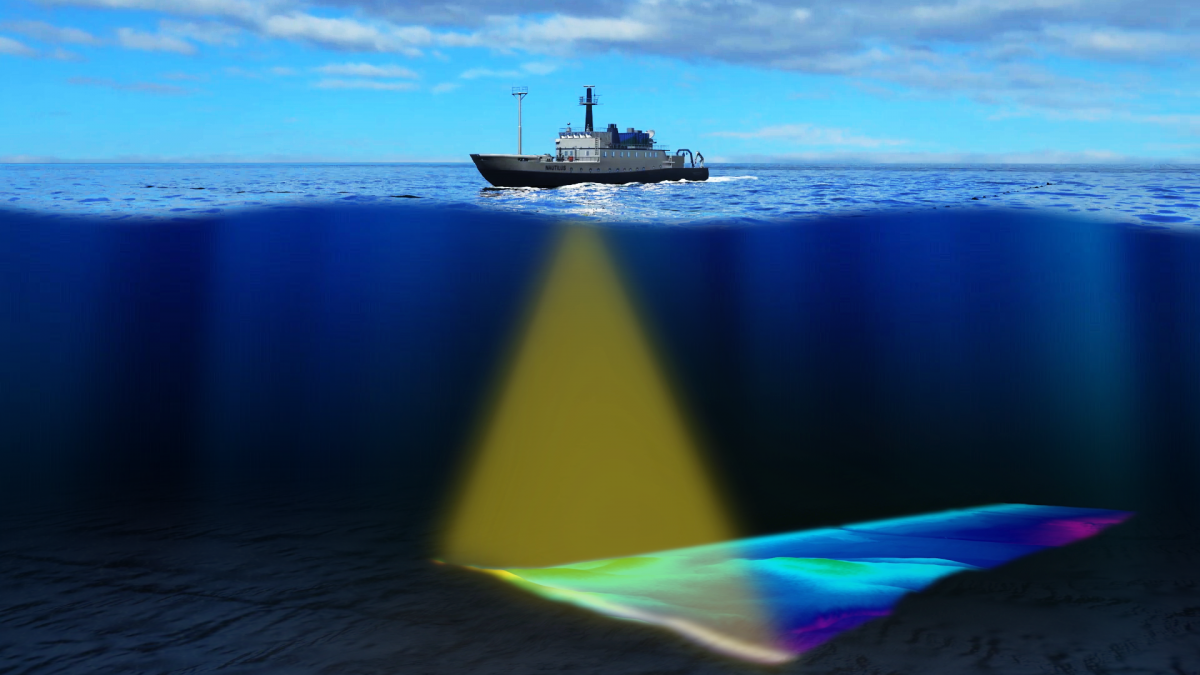ANSI/ASA S1.20 Calibration of Underwater Sound Transducers Testing
The ANSI/ASA S1.20 standard is a critical benchmark in the field of underwater acoustics and sonar testing, ensuring accurate and reliable calibration of sound transducers used in various marine applications. This service ensures that the equipment meets stringent standards set forth by industry and regulatory bodies.
Our laboratory specializes in providing comprehensive ANSI/ASA S1.20 testing services for clients across sectors like defense, maritime, and research institutions. The service involves a rigorous process of calibrating underwater sound transducers to ensure they operate within specified performance parameters as defined by the standard. This is crucial for applications where precise measurements are required, such as sonar systems or marine mammal monitoring equipment.
The calibration process begins with thorough inspection and preparation of the transducer under test (TUT). Our technicians meticulously check all components to ensure they meet the specified criteria before proceeding with the calibration. Once prepared, the TUT is placed in a controlled water bath environment that simulates real-world conditions where it will be used.
The calibration itself involves precise measurement and adjustment of the transducer's electrical and acoustic characteristics. This includes checking for frequency response, sensitivity, and linearity over a wide range of frequencies relevant to the application. A key aspect is the use of reference signals that are generated according to ISO 8027 or other recognized standards, ensuring consistent and accurate calibration.
After completing these steps, our experts conduct validation checks using multiple methods to confirm accuracy and reliability. Documentation of all procedures followed along with results ensures compliance with ANSI/ASA S1.20 requirements and allows for traceability throughout the entire process.
The outcome is a certified report detailing the calibration parameters achieved, which can be used by end-users to ensure their equipment meets necessary standards. This service not only enhances operational efficiency but also supports regulatory compliance essential in many industries operating within marine environments.
| Key Calibration Parameters | Description |
|---|---|
| Frequency Response | Measurement of how the transducer responds across different frequencies. |
| Sensitivity | The electrical output produced by the transducer for a given acoustic input. |
| Linearity | Ensuring that the relationship between input and output is consistent over the entire range of operation. |
| Distortion | Evaluation of any unwanted changes in waveform due to nonlinearities within the transducer. |
By adhering strictly to ANSI/ASA S1.20, we ensure that our clients receive high-quality results tailored specifically for their unique needs and applications.
Scope and Methodology
- Initial Inspection: Thorough examination of the transducer to identify any visible damage or wear that could affect performance.
- Preparation: Cleaning and conditioning the transducer as needed prior to calibration.
- Calibration Setup: Configuring the testing environment to match the expected operational conditions.
- Measurement: Conducting detailed measurements of key parameters using standardized reference signals.
- Validation: Performing additional checks and adjustments based on initial findings until all criteria are met.
Benefits
- Ensures compliance with ANSI/ASA S1.20 standards, enhancing trustworthiness in your product or service offerings.
- Improves accuracy and reliability of measurements taken by calibrated equipment, leading to better decision-making processes.
- Facilitates regulatory compliance which is essential for many industries operating within marine environments.
- Reduces potential risks associated with non-compliant or poorly maintained equipment.
Industry Applications
- Defense and military applications where precise sonar performance is critical.
- Marine research involving long-term monitoring of aquatic ecosystems.
- Oceanographic studies requiring accurate hydroacoustic data collection.
- Offshore oil and gas exploration using advanced acoustic technologies.





